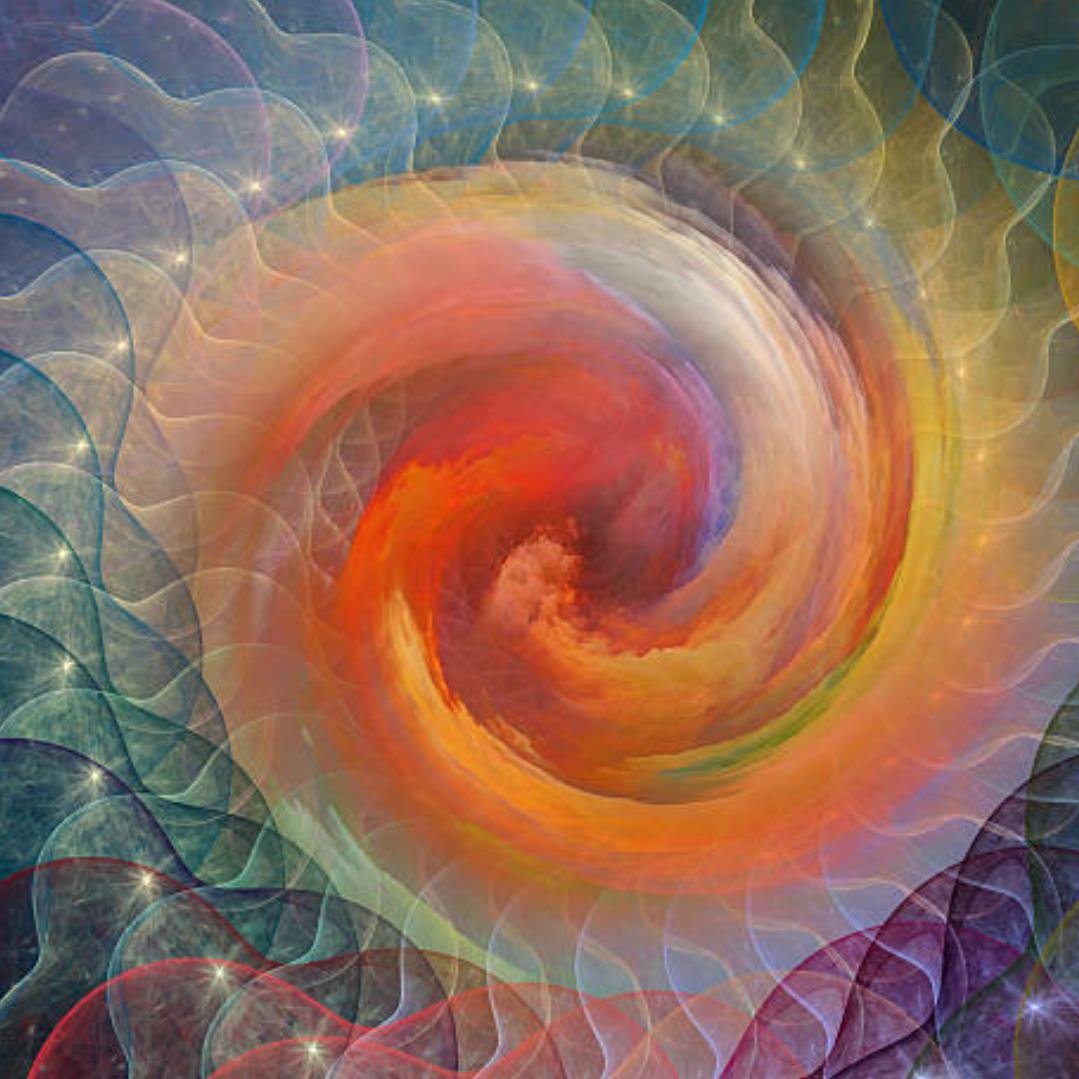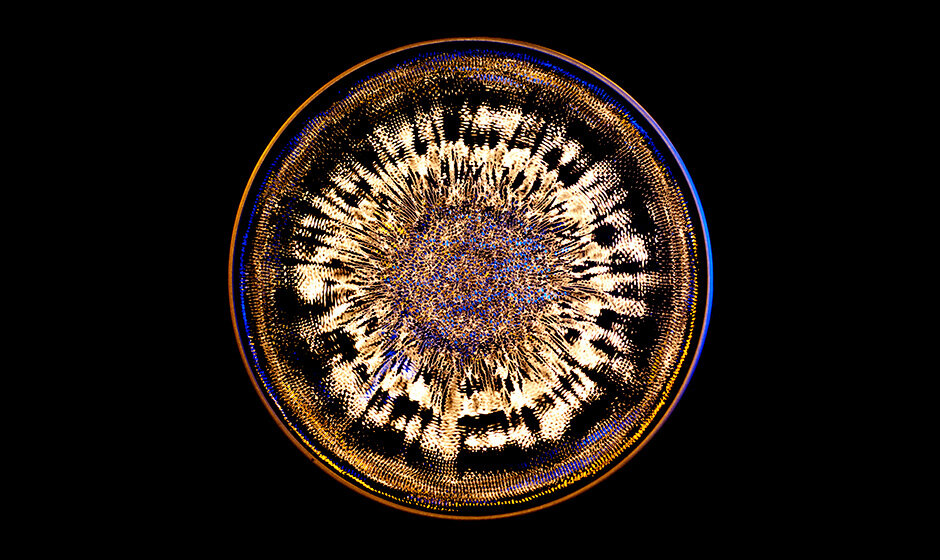Meaning of Mandalas
Powerful circles for insight, healing, and self-expression
The renown Swiss psychologist Carl Gustav Jung, adopted the Sanskrit word mandala to describe the circle drawings he and his patients did. The word Mandala means center, circumference, or magic circle, the perfect shape. Amongst others, it is used as a symbol for the cosmos and eternity. Jung used the process of painting mandalas for observation and understanding of his inner workings. He associated the mandala with the Self, the center of the total personality. Jung suggested that the mandala shows the natural urge to live out our potential, to fulfill the pattern of our whole personality.
Growth toward wholeness is a natural process that brings to light ones uniqueness and individuality. For this reason Jung called the process individuation. He advocated respectful attention to the symbols of the unconscious as a way to enhance personal growth, and saw the spontaneous appearance of mandalas in dreams, imagination, and artwork as evidence that individuation is taking place. The result of individuation is a harmonious unity of the personality with the Self serving as the central unifying principle.
Where did the idea of the mandala originate?
The motif of the circle appears very early in human history. Ancient rock carvings in Africa, Europe, and North America make use of the circle, spiral, and similar designs. The purpose of these designs is a mystery, but we know they were important because so many were created. The mandala’s ancestral origins are present in cultures from the Aztec, Mayan, Egyptian, Tibetan, Indian, Chinese (Oriental) cultures, to medieval cathedrals and modern icons. All mandalas are loaded with meaning and symbolism. Mandalas maintain mankind’s essence within them and viewing a mandala provides a wonderful opportunity for creative inspiration, introspection and inner reflection.
Consider where we all originate
For a moment, think on where we all originated. We grow from a tiny round egg, supported in the womb of our mother. There we are encircled and firmly held within a spherical space. When it is time to be born, we are being pushed by a series of circular muscles down through the tubular birth canal and out through a circular opening into the world.
Once born, we find ourselves on the planet that is itself circular, moving in a circular orbit around the sun. We are anchored to the Earth by gravity so that we are not conscious of our spinning. Yet our bodies know. If we look even deeper to the level of the atoms that compose our bodies, we find yet another Universe where elements whirl in curving patterns. The subliminal experience of circular movement, like the memory of our mother's womb, is encoded in our bodies. We therefore are predisposed to respond to the circle. We share these fact of human life with all the human beings both ancient and modern.
It is also worthwhile to consider that Crop Circles as well as Cymatic patterns share the circular shape and appearance.
Valuable information which contributed to this entry was derived from the book ‘Creating Mandalas’ by Susanne Fincher


